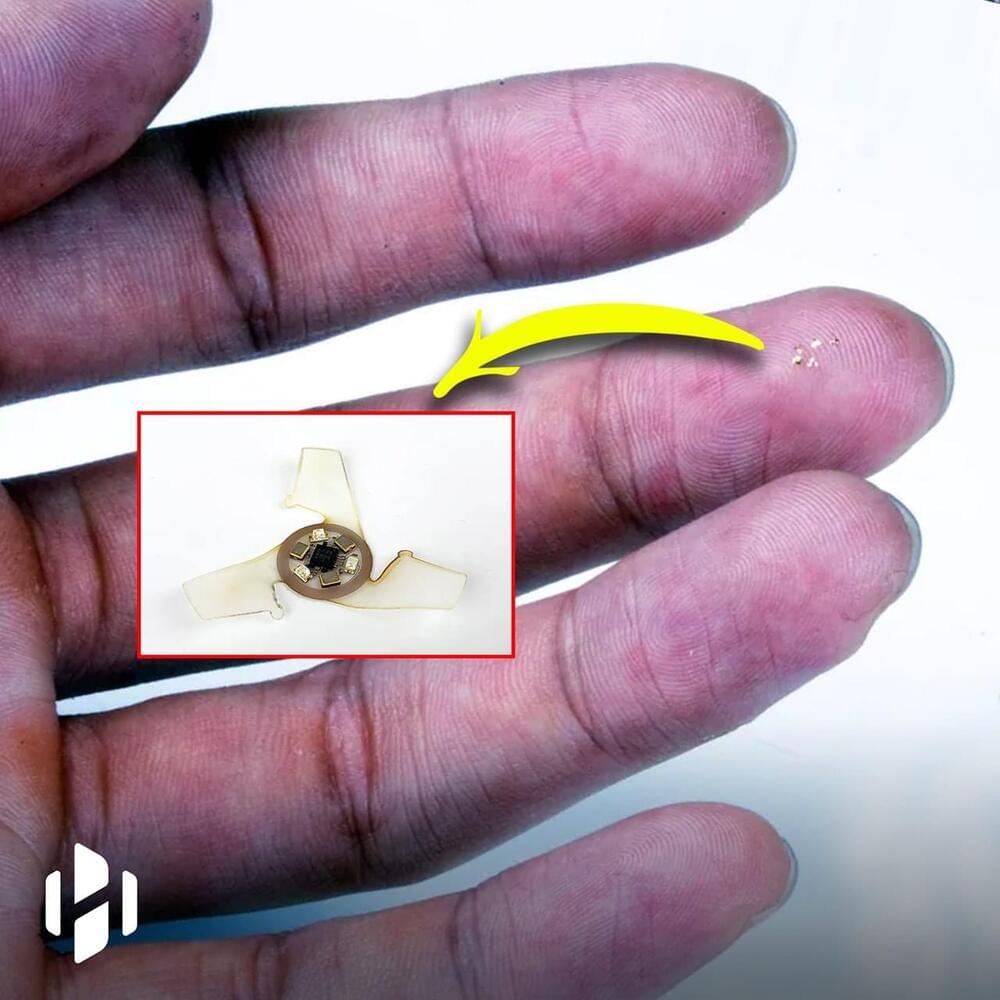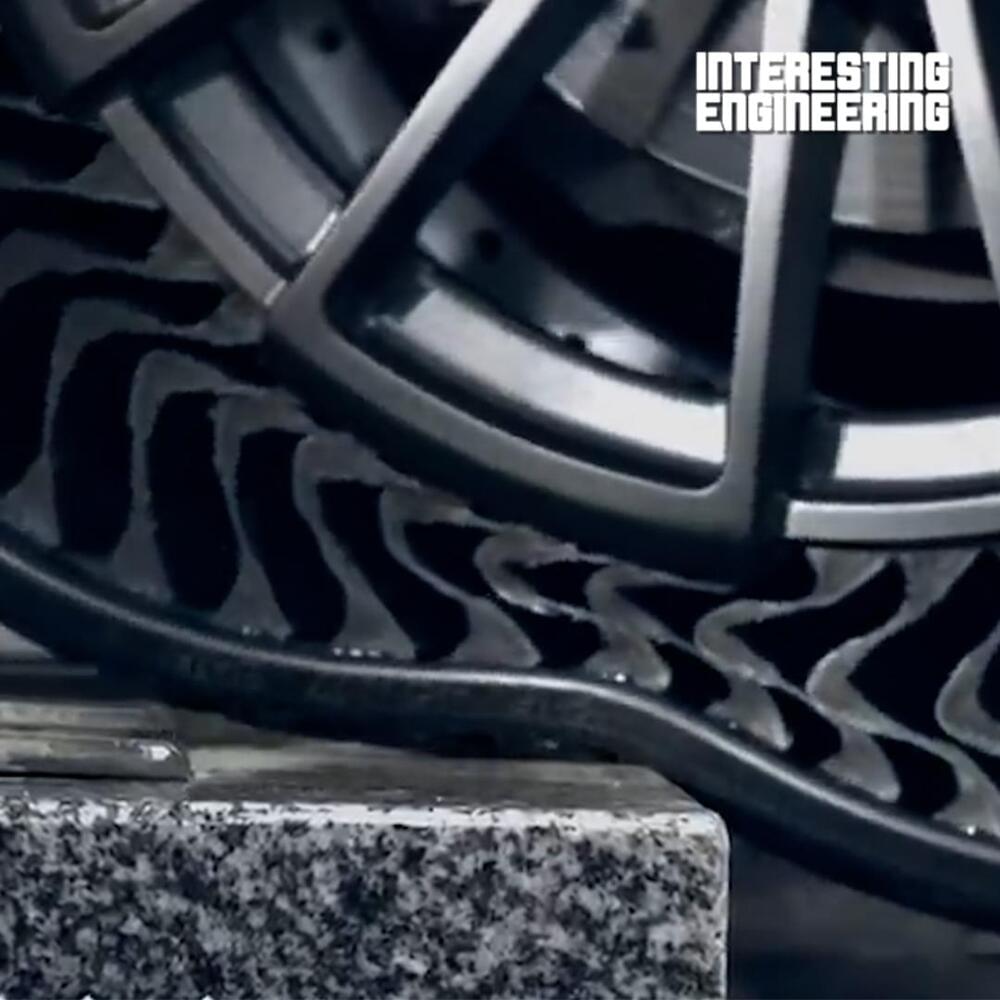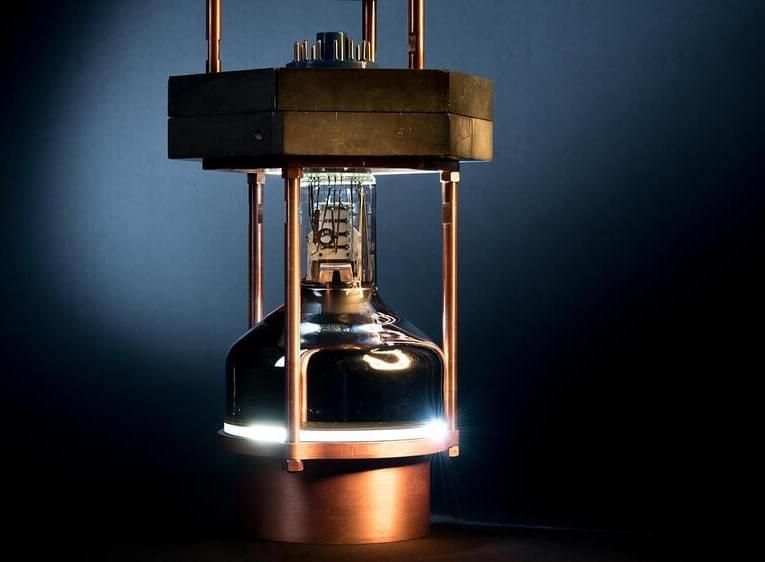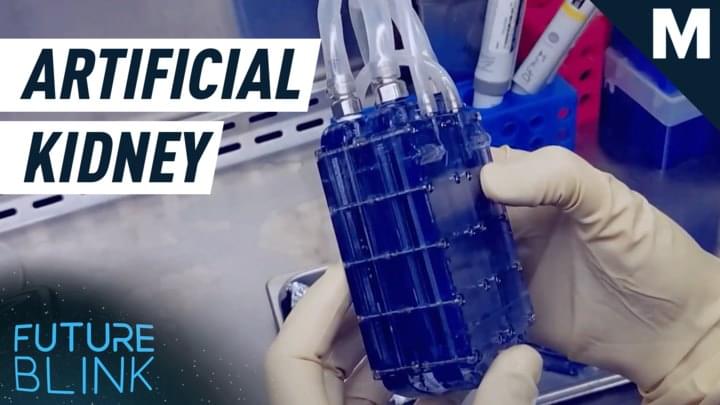Jeffrey Shainline is a physicist at NIST. Please support this podcast by checking out our sponsors:
- Stripe: https://stripe.com.
- Codecademy: https://codecademy.com and use code LEX to get 15% off.
- Linode: https://linode.com/lex to get $100 free credit.
- BetterHelp: https://betterhelp.com/lex to get 10% off.
Note: Opinions expressed by Jeff do not represent NIST.
EPISODE LINKS:
Jeff’s Website: http://www.shainline.net.
Jeff’s Google Scholar: https://scholar.google.com/citations?user=rnHpY3YAAAAJ
Jeff’s NIST Page: https://www.nist.gov/people/jeff-shainline.
PODCAST INFO:
Podcast website: https://lexfridman.com/podcast.
Apple Podcasts: https://apple.co/2lwqZIr.
Spotify: https://spoti.fi/2nEwCF8
RSS: https://lexfridman.com/feed/podcast/
Full episodes playlist: https://www.youtube.com/playlist?list=PLrAXtmErZgOdP_8GztsuKi9nrraNbKKp4
Clips playlist: https://www.youtube.com/playlist?list=PLrAXtmErZgOeciFP3CBCIEElOJeitOr41
OUTLINE:
0:00 — Introduction.
0:44 — How are processors made?
20:02 — Are engineers or physicists more important.
22:31 — Super-conductivity.
38:18 — Computation.
42:55 — Computation vs communication.
46:36 — Electrons for computation and light for communication.
57:19 — Neuromorphic computing.
1:22:11 — What is NIST?
1:25:28 — Implementing super-conductivity.
1:33:08 — The future of neuromorphic computing.
1:52:41 — Loop neurons.
1:58:57 — Machine learning.
2:13:23 — Cosmological evolution.
2:20:32 — Cosmological natural selection.
2:37:53 — Life in the universe.
2:45:40 — The rare Earth hypothesis.
SOCIAL:
By Steve Koppes Aug 3 2017 UChicago physicists play leading role in confirming theory predicted four decades ago In 1,974 a Fermilab physicist predicted a new way for ghostly particles called neutrinos to interact with…









